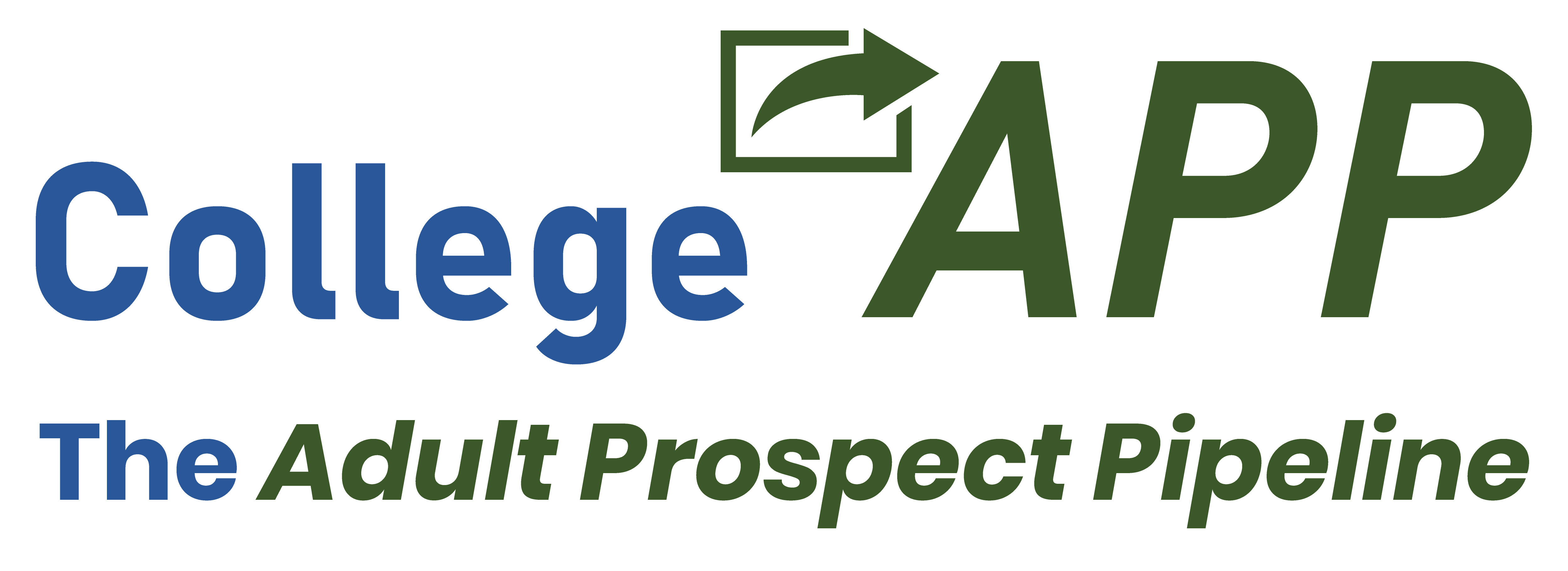
By Beth Doyle
One of the central tenets of serving adult learners is meeting them where they are. But without good data, there’s a risk that higher education recruiting efforts may instead be looking where they used to be. About two years ago, Jack MacKenzie founded CollegeAPP to reduce that risk. His approach uses predictive modeling principles to identify and engage prospective adult students. This use of data analytics was pioneered about a decade ago during sophisticated national political campaigns. Although the techniques have changed and now play central marketing roles throughout the private sector, that is not the case in the postsecondary education arena. There, predictive modeling tends to be weighted by outdated data—sometimes as old as 10 years. The fact that colleges face declining enrollment while nearly every state formalizes postsecondary attainment goals only underscores the folly of looking to obsolete performance models to deliver new results.
As it turns out, declining enrollment numbers have implications not only for engagement and recruiting, but also for redressing systemic inequities in college access. During the Council for Adult and Experiential Learning (CAEL)’s annual conference, MacKenzie joined the author in a pre-conference workshop where they discussed recruiting adult learners and the importance of using an equity-minded approach. CAEL believes equity is imperative in the design of adult learner-focused initiatives. Adults’ reasons for pursuing education—and issues that may be standing in their way—are broad and complex.
More recently, CAEL expanded the discussion during a conversation with MacKenzie and Frank Gerdeman, Director of the ADVANCE Lake Tahoe Adult Education Consortium (ADVANCE), a CAEL institutional member. ADVANCE recently partnered with CollegeAPP to assist its mission of supporting a transformative and equitable culture of lifelong learning for adult learners. Based at Lake Tahoe Community College, ADVANCE convenes local businesses, community agencies, school districts, and other organizations in California and Nevada to cultivate diverse education and training pathways for adults.
Such factors have only grown in relevance amid the 938,000 student (5.2 percent) decline in postsecondary enrollment since fall 2019 (National Student Clearinghouse Research Center, n.d.). Yet CollegeAPP’s survey detected an ironic countertrend during this same period. In 2020, the data showed that 20 percent of respondents intended to enroll in education or training. In 2021, that share increased to 24 percent. That equates to 9.2 million adults.
What accounts for this disparity? It goes back to the importance of looking forward. When schools structure outreach strategies around past models of who goes to college, they not only overlook potential students, but perpetuate the systemic exclusion of underserved communities. CollegeAPP data show that Black and Hispanic adults are more than twice as likely as White adults to have enrollment intentions. In fact, nearly half of the 30 million U.S. adults with predicated intent to pursue postsecondary education or training are Black or Hispanic. Yet traditional college outreach efforts often miss minority students because they don’t look like the people who traditionally went to college.
MacKenzie describes this strategic use of predictive analytics as intentional inclusion. It’s a mindset he says is needed to shift institutional thinking from supply-side, which focuses on education services, to student-centered, which focuses on adult learners. There’s no question that higher ed has improved in areas we know are important to adult learners (Bertolini, 2021). These include work-relevant programming, credit for prior learning, and incremental credentials that stack into degree programs. But an exclusive focus on educational infrastructure can overlook the very students who need, but lack, access to them. Challenges with child care and other obstacles have long forced adult learners to choose between fulfilling education and everyday needs. Because of them, even free college can fall short of ensuring aspirations become achievements for adult learners (Lappano, 2021).
Whether it’s class schedules, advising services, or labor market outcomes, adult learners who aspire to be college students need to be at the center of these decisions. When we realize that, we recognize that intentional inclusion affects so much more than marketing and recruitment. It’s at the core of aligning academic offerings with the latest real-world needs. That, of course, ultimately leads to more enrollments. As MacKenzie likes to say, CollegeAPP occupies a space right between smart business and social impact. Both CAEL and ADVANCE agree: It’s no surprise that meeting learners where they are lands you in a good place.
References
Bertolini, C. (2021, November 9). Adult learning lit review: Framework findings and next steps. CAEL. https://www.cael.org/news-and-resources/adult-learning-lit-review-framework-findings-and-next-steps
Lappano, L. (2021, August 5). 'Free' college isn't enough: Adults struggle to finish degrees, even with financial aid. USA Today. https://www.usatoday.com/story/news/education/2021/08/05/free-college-degree-financial-aid-adult-student/5494591001
National Student Clearinghouse Research Center. (n.d.). Fall 2021 current term enrollment estimates. https://nscresearchcenter.org/current-term-enrollment-estimates
Beth Doyle is Senior Vice President of Initiatives, Solutions and Operations, at CAEL.
CollegeAPP was an Innovations 2022 sponsor and exhibitor.










